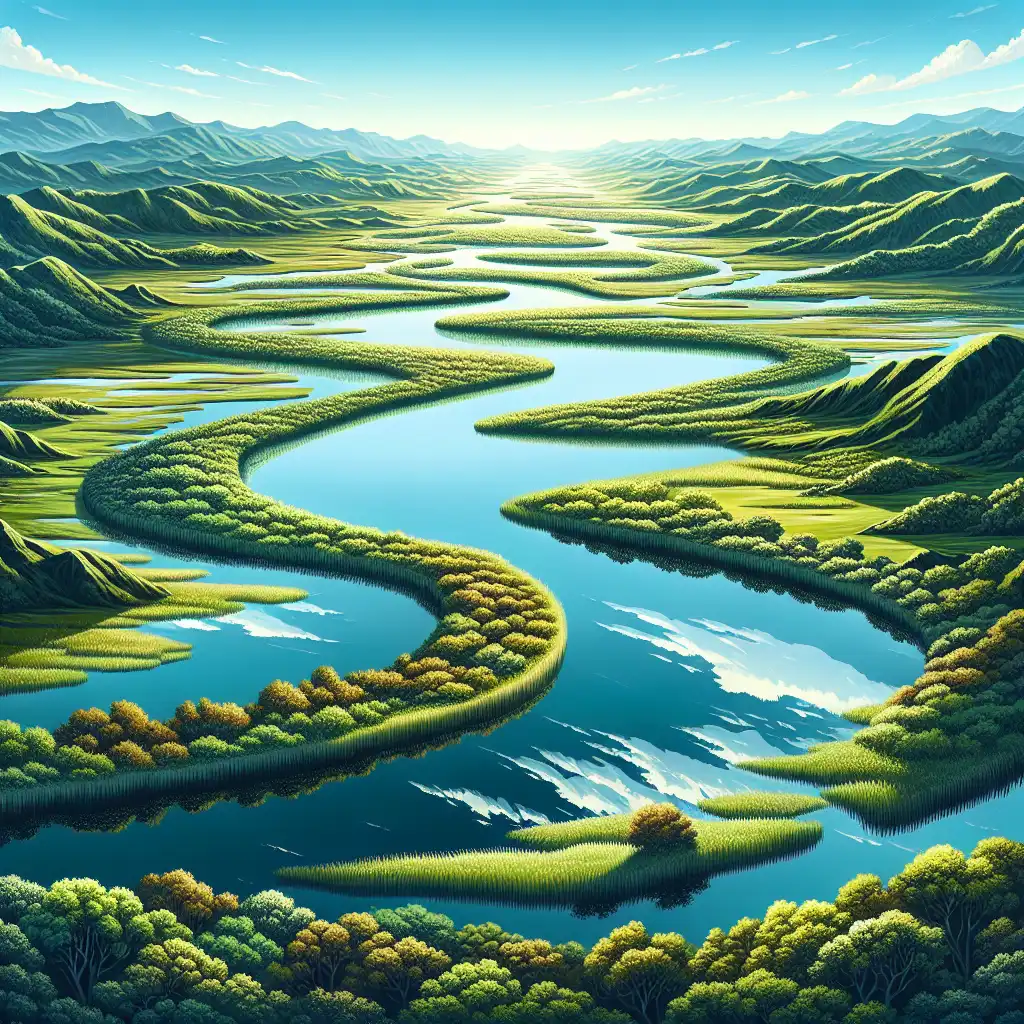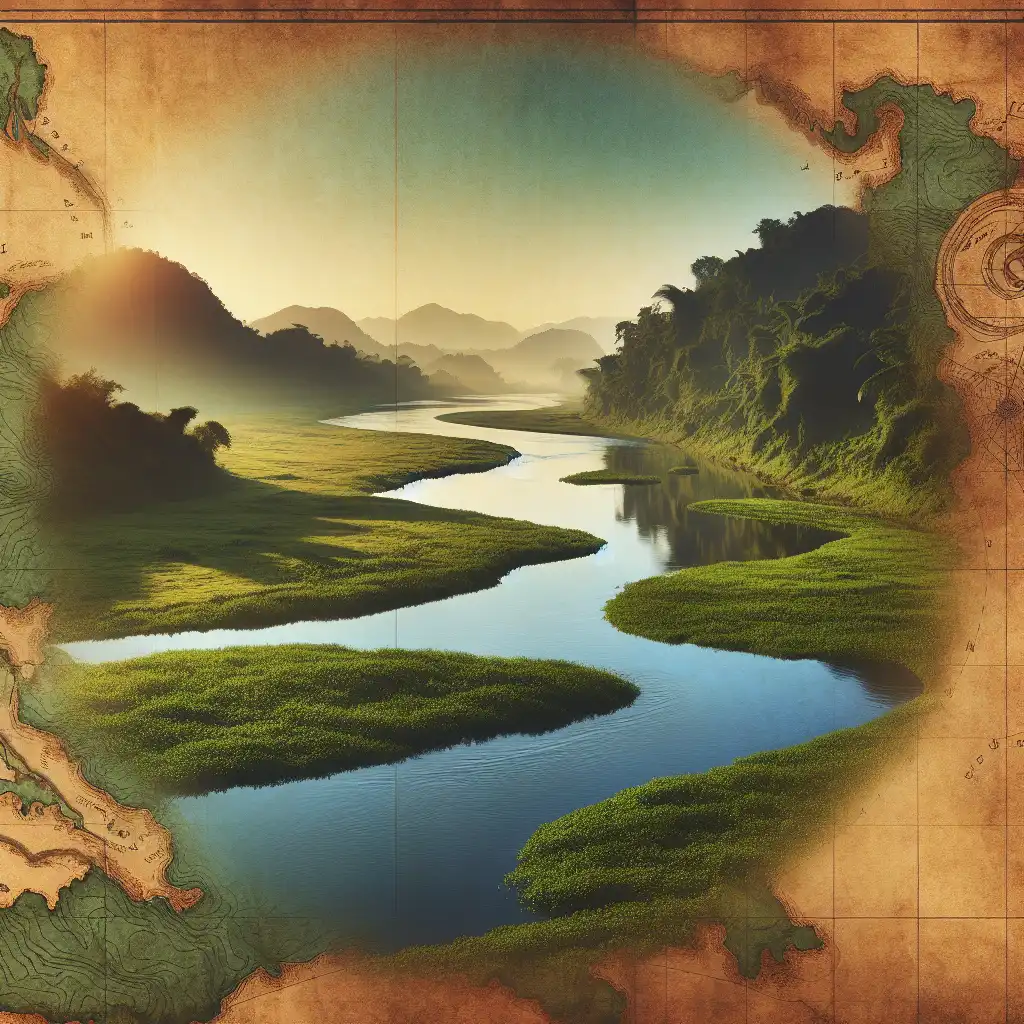
Oxbow
Geographical Feature
An oxbow commonly refers to a natural occurrence in rivers, often seen in geography.  Our geography lesson included a diagram of an oxbow in the river.
Our geography lesson included a diagram of an oxbow in the river.
Erosion Process
Oxbows form due to erosion and deposition, helping English learners understand river dynamics.  The oxbow was a result of the river changing course over many years.
The oxbow was a result of the river changing course over many years.
Shifting Rivers
Oxbows imply that the river has shifted, leaving a distinctive U-shape.  The old river map shows the oxbow before the waterway shifted east.
The old river map shows the oxbow before the waterway shifted east.